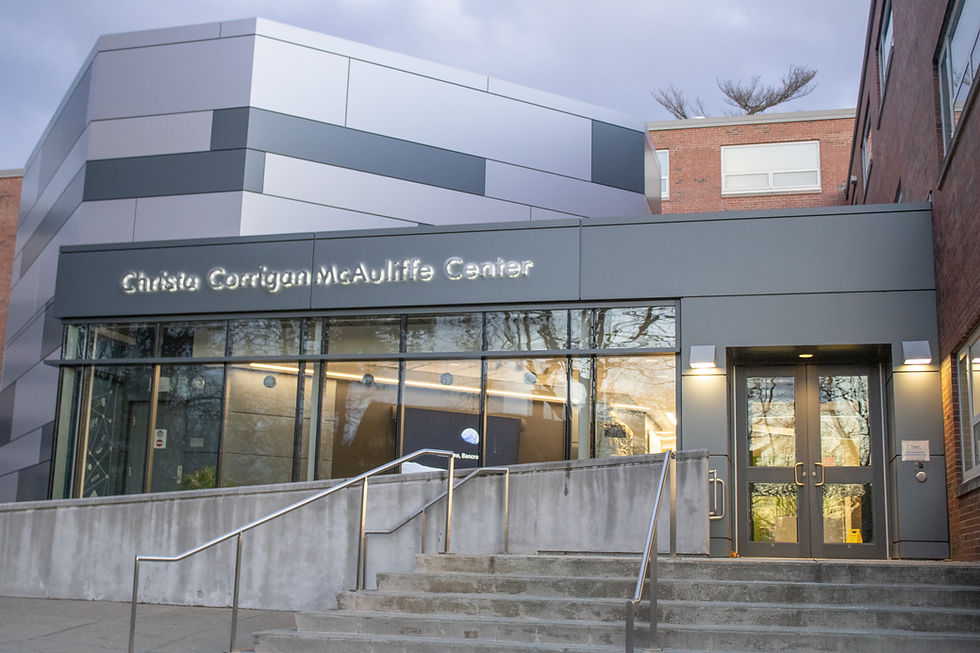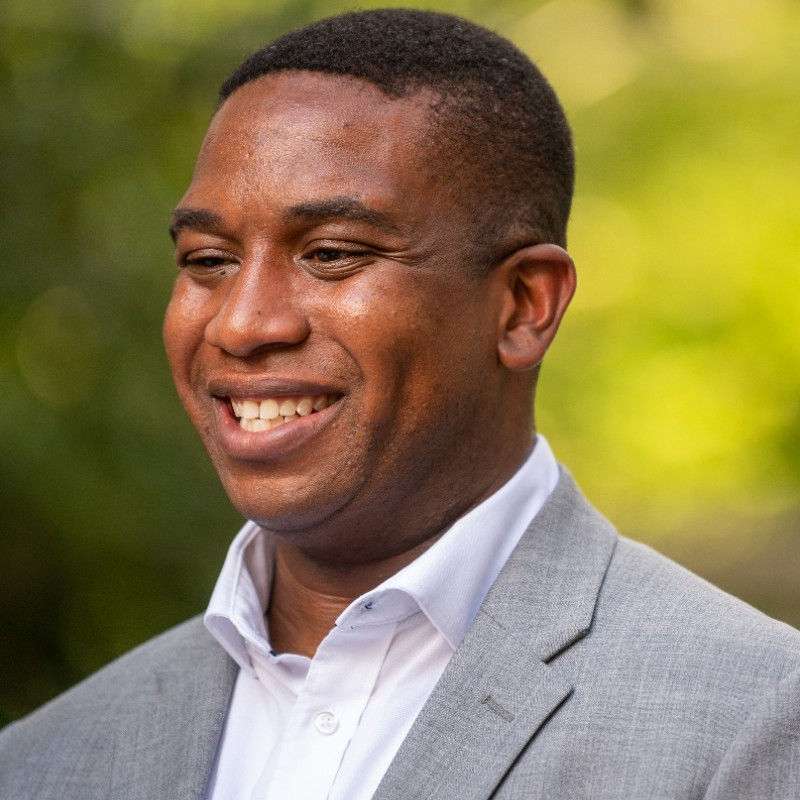FSU took out $10 million loan for Hemenway renovations
- Michael B. Murphy
- Sep 26, 2012
- 4 min read
By Michael B. Murphy
Assistant News Editor
FSU will have to pay back a $10 million loan received to help fund the University’s Hemenway renovations, Executive Vice President Dale Hamel told students at a news conference held during a journalism class on Sept. 25.
The “science project,” as Hamel referred to it, has already begun with the reconstruction of Hemenway Hall and Hemenway Annex as well as the building of a new planetarium. A new science facility will also be constructed, which will house 16 new laboratories.
The $10 million loan, one of three funding revenues for the $65 million project, will be paid back in annual installments, which “are about $800,000 a year,” Hamel said.
FSU had initially received $51.2 million in general obligation bonds when the science project was added to the state’s $2.2 billion Higher Education Bond Bill in 2008.
in 2010, the project was added to The Commonwealth Five-Year Spending Plan, which is produced by the Governor’s office and The Division of Capital Asset Management, a state agency.
Once this occurred, “we had free will to move forward with the project,” Hamel said.
The estimated cost of the project soon passed the initial $51.2 million budget to $75 million.
“We had to go back and value engineer the project to try and bring back the scope a little bit,” Hamel said.
There were concerns, however, that if the FSU administration did not receive additional funding, the project would lose too much of it’s scope. While it was feasible to build new facilities for the biology and chemistry departments with the $51.2 million, Hamel pointed out that “every other department would have been losing out.”
Dr. Susan Mullaney, professor and chair of the department of nursing, was pleased her department would not miss out on renovations.
“I have seen the blueprints for the nursing department’s additional space,” Mullaney said, “and aside from not having our currently existing faculty offices renovated, we will be getting just about everything on our wish list that we provided to the building planners.”
FSU lobbioed for special, and eventually approved, legislation concerning funding for public construction projects.
The legislation “actually permits campuses to borrow bonds to supplement the general obligation bond component from the projects that had been approved,” Hamel said.
The additional $10 million in borrowed funds not only allowed FSU to keep the project’s scope, but it also allowed FSU to begin the project sooner.
“When we added our project to the five-year capital spending plan,” Hamel said, “the $51 million was essentially scheduled in that five years. … In FY13, there was $25 million scheduled. That meant we were going to have to wait two more years to start the project.”
Instead of having to delay the project, the $10 million allowed construction to begin early.
“That [construction],” Hamel explained, “started last summer [2011], and we did a lot of the infrastructure work.
“This summer, we did additional utilities work, all underground, including drainage and sewer work to support the new building, and we began to address accessibility issues.”
The ongoing construction work over the past two summers has not gone unnoticed by FSU employees.
“It was just constant,” said Debora Ferullo, administrative assistant for the nursing department. “There were times this summer I couldn’t hear myself on the phone.”
Despite the inconvenience, Ferullo said the noisy construction would be “worth it in the end.”
Not all of the reconstruction work on Hemenway Hall and Hemenway Annex was initially planned.
Further reconstruction became necessary when code compliance issues bean to arise.
“When we got into the design,” Hamel said, “we started looking at all the different code issues that were, essentially, triggered by the investment in this facility. When you have a facility, it gets built per the code that was in place at the time the facility was built. So at the time, it was perfectly fine.”
Code compliance issues were uncovered in the math suite, “where all the offices have HVAC [heating, ventilation and air conditioning] problems” that needed to be updated, Hamel said. A new sprinkler system will be put in that will run both hot and cold water, he added.
To bring everything up to code, the construction project’s cost ballooned part the University’s $61.2 million budget by $3.5 million.
Last spring, Hamel said, FSU’s administration asked for a separate authorization that would add $3.5 million to the science project.
The authorization was approved and the money does not need to be paid back by FSU, Hamel said.
Hamel said the construction project could end as soon as 2014, but most likely won’t be finished until the fall of 2015.
Many faculty and students seem to think the $10 million loan was a worthwhile investment.
Chemistry professor Sarah Pilkenton said the new laboratories that will be built are a necessity.
“The current laboratory facilities at Framingham State are showing their age,” Pilkenton said. “The chemistry labs in Hemenway Hall were built in the 1960s, and the labs in the Annex were built in the 1970s. The way chemistry is done and the personal safety requirements have changed a lot in the past 40 to 50 years.
“Brand new labs will bring our laboratory facilities up to date, and will allow the students in chemistry courses to perform experiments that currently cannot be performed due to a lack of hood space and electrical load.”
Sophomore David Heidkamp, a nutrition major, said new laboratories would be “very, very exciting” and that the construction “hasn’t been too disruptive.”
Cassie Ferragamo, a junior biology major, said the students should know that this construction is not only about making the campus look nicer.
“There are equipment in labs that don’t work. Some of the eye wash stations appear as though you would lose an eye if you turned them on, and some of the valves in the chemistry labs don’t work,” Ferragamo said. “I think it’s great that money is being spent on the labs.”





